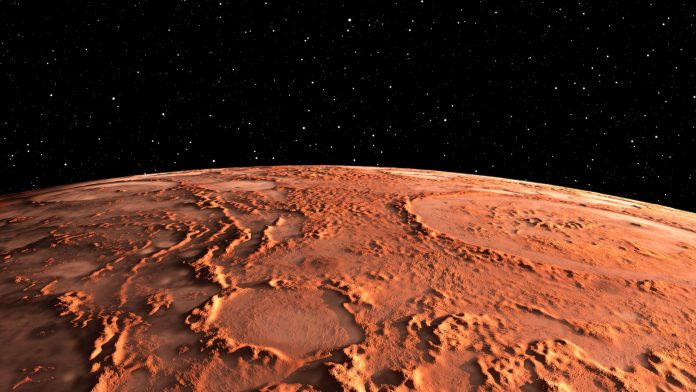Elon Musk’s Bold Mars Colonization Vision: Are We Creating ‘Green-Skinned’ Humans?
As Elon Musk fervently pushes the frontiers of human exploration with his ambitious plans for Mars colonization, we’re left to wonder what this means for humanity. Could we end up creating ‘green-skinned Martians’ with fragile bones? Let’s delve into Musk’s proposal, the scientific insights surrounding potential mutations, and the implications for future generations.
The Quest for Mars: Musk’s Vision of Colonization
Musk, the mastermind behind SpaceX, has been vocal about his vision for humans to thrive on Mars. He believes it’s essential for our species to become a "multi-planet species." According to Musk, the first crewed flights to Mars could launch in as little as four years, with the aim of establishing a self-sustaining city in two decades. But while his ambitions are grand, there are serious biological concerns he has yet to address.
Potential Mutations: The Science Behind Human Adaptation on Mars
Experts, like biologist Dr. Scott Solomon from Rice University, suggest that life on Mars could prompt significant evolutionary changes. Adaptation to Martian Life may lead to unexpected biological transformations in future generations. Let’s take a look at some of the most concerning predictions from Dr. Solomon’s findings.
Brittle Bones and Weak Eyes: A Gritty Reality for Martian Kids
One of the most alarming aspects of Dr. Solomon’s research is the potential for brittle bones and decreased muscle density among children born on Mars. The reduced gravity (38% lower than Earth’s) could lead to weak skeletal structures, causing inherent physical vulnerabilities—think of a fragile body adapting to extreme conditions. This might even result in complications during childbirth, with women facing increased risks of pelvic fractures.
Furthermore, these children could develop a range of visual impairments. With most colonizers living in confined environments and exposed to significantly different lighting conditions than we’re accustomed to on Earth, nearsightedness could become commonplace. It’s a bit like cavefish evolving to thrive in dark trenches—without the need for their once-sharp vision.
Physiological Changes: The Journey Transforming Skin and Bones
Dr. Solomon also highlights how the extreme conditions on Mars—including high radiation from cosmic rays and limited atmospheric protection—may catalyze unexpected changes in our skin pigmentation. To combat the increased radiation exposure, future humans might develop darker skin tones or even entirely new pigments. Imagine a whole new spectrum of human skin color—perhaps a vibrant green in response to Martian conditions!
Higher Mutation Rates: The Mutation Dilemma
The daunting reality is that living on Mars would result in higher mutation rates in human DNA. With the planet lacking a global magnetic field and a dense atmosphere, residents would be exposed to intensified cosmic radiation, leading to accelerated mutations. Dr. Solomon suggests these changes could bring about unanticipated adaptations, putting our biological boundaries to the test.
Preventive Measures: What Can Be Done?
With all of these daunting possibilities ahead, what’s being done to mitigate the risks? NASA is actively looking into ways to counteract the loss of bone density astronauts experience during prolonged space missions. Space Exercise Routines are essential, as modern astronauts are required to engage in two-hour workouts daily to maintain their physical health. This approach may need to be ramped up significantly to ensure Mars settlers stay fit and healthy.
Understanding Osteoporosis: A Growing Concern Among Astronauts
Studies indicate that as many as half of astronauts venturing to Mars could develop osteoporosis, a condition that typically affects the elderly and makes bones fragile. Such a risk underscores the need for proactive measures that ensure astronauts maintain optimal bone health long before they set foot on Mars.
Conclusion: The Future of Humanity on Mars
As Elon Musk continues to champion the dream of a multi-planetary future, deeper discussions around the biological challenges are becoming more pressing. Will we truly see ‘green-skinned Martians’ roaming about, or are these predictions mere science fiction? One thing is for sure: colonizing Mars will not be without its struggles. As we stand on the precipice of this new frontier, understanding the potential transformations within our very biology is essential. With ongoing research and technological advancements, perhaps we can prepare humanity for whatever lies ahead in the Martian landscape.

